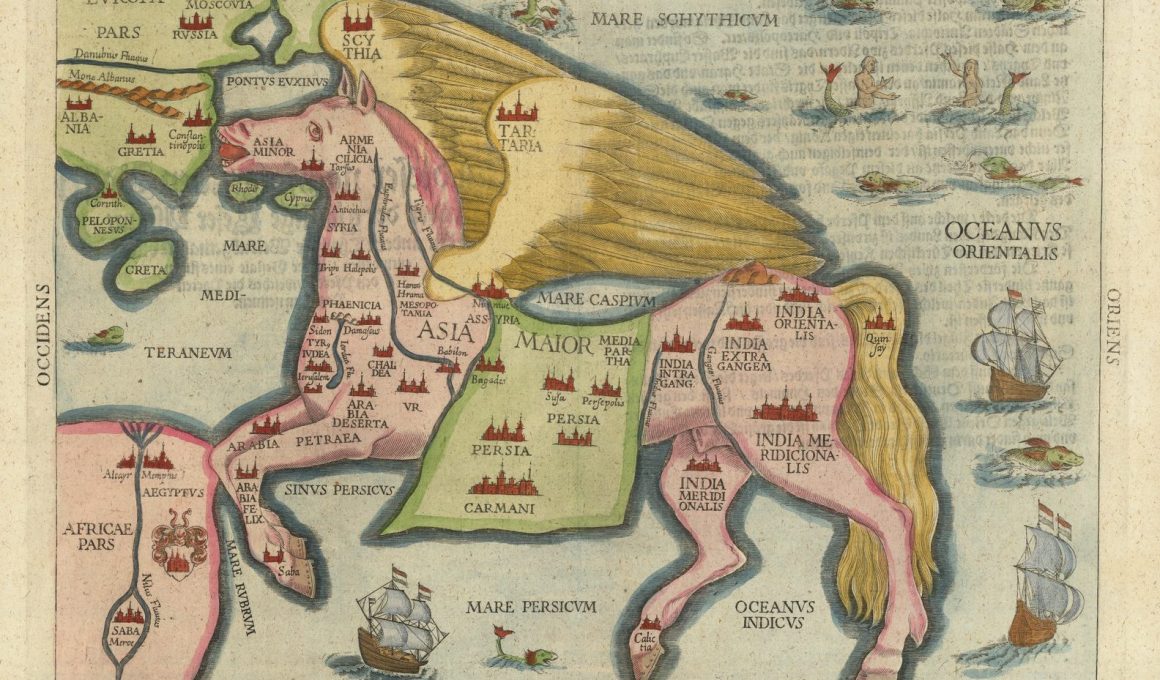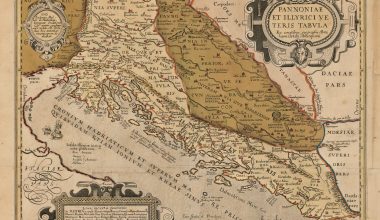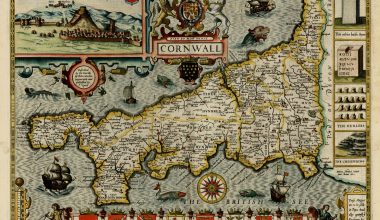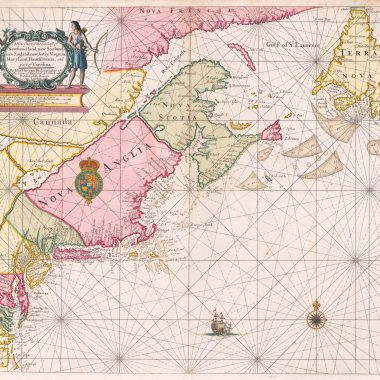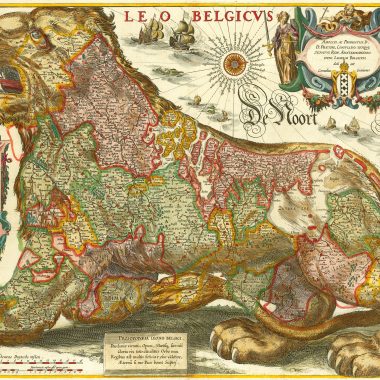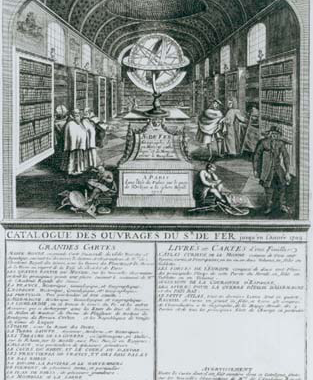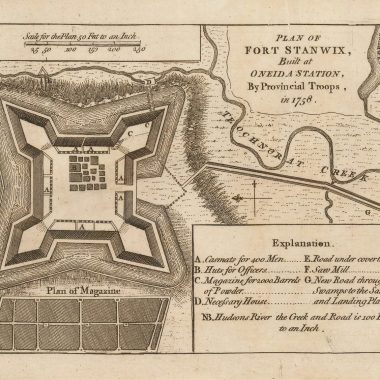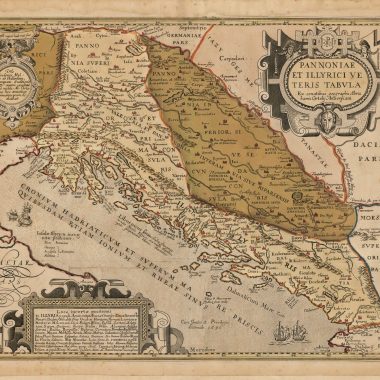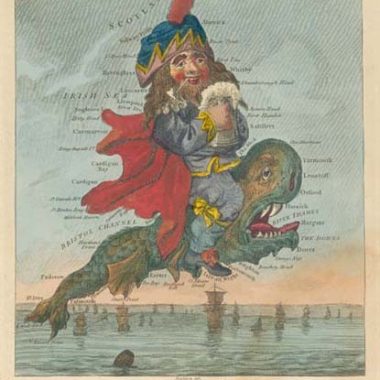One of the most unusual works relating to the Bible was composed by Heinrich Bunting, and first published in 1581, the Itinerarium Sacrae Scripturae. In this volume, Bunting rewrote the Bible in the form of a travel account, and illustrated the volume with a series of maps. The book proved popular, and was frequently reprinted, into the seventeenth century.
Three of the maps fall into the category of cartographic curiosities. The first depicts the World as a clover-leaf, centered on Jerusalem, the second Europe as a queen, and the third Asia in the shape of Pegasus.
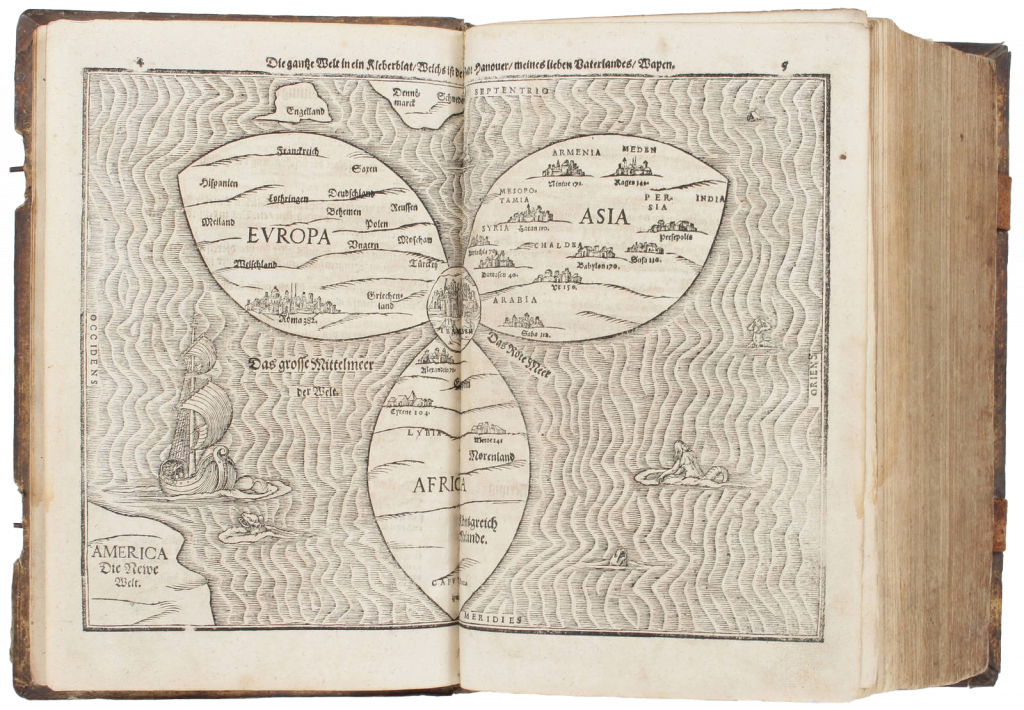
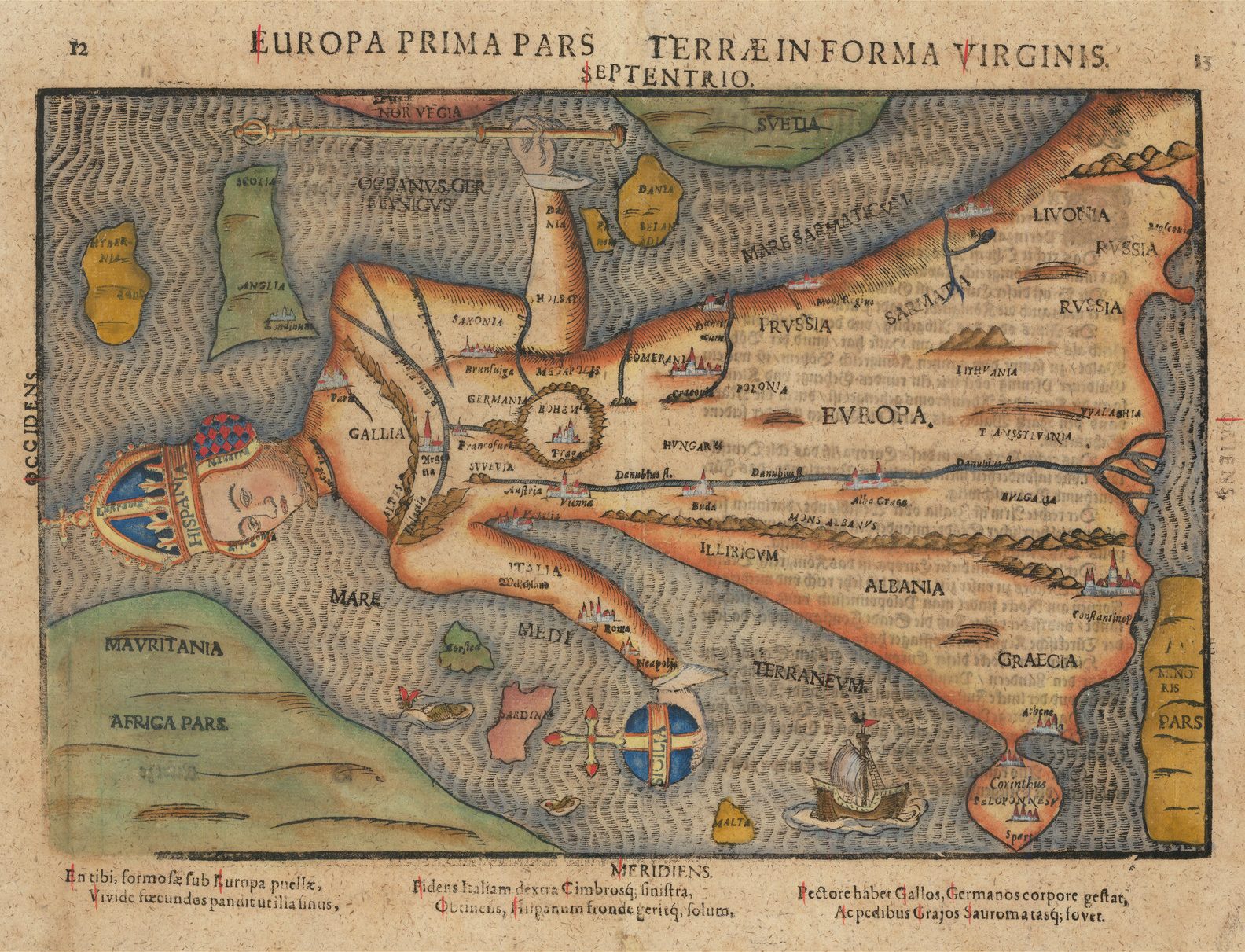
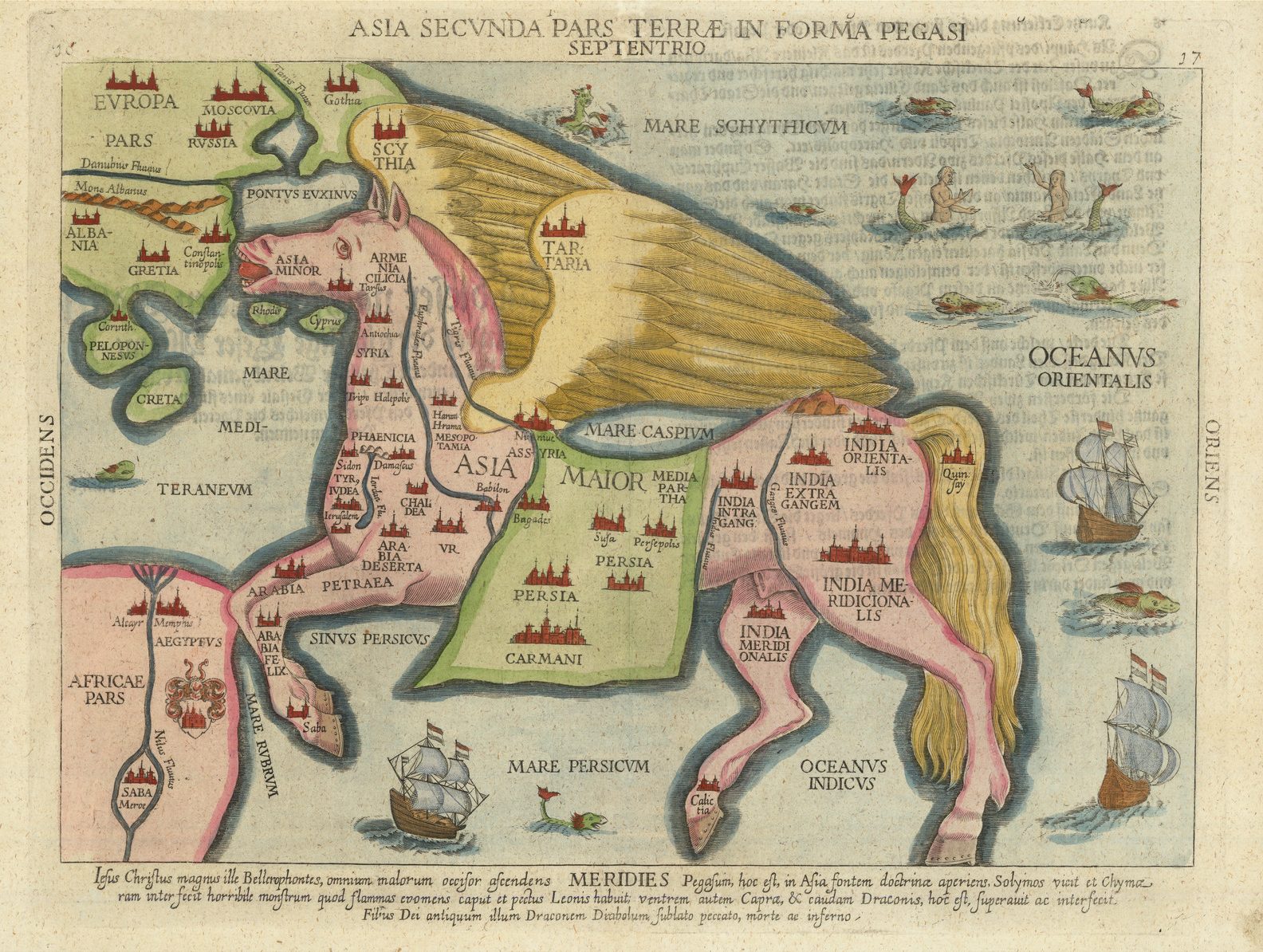
In classical mythology, Pegasus was a winged horse which sprang from the body of the Gorgon Medusa when Perseus cut her head off. He was tamed by Bellerophon with the assistance of the goddess Athena, and featured in a number of Bellerophon’s exploits, most particularly when Bellerophon provoked the anger of the gods by trying to ride Pegasus up to Heaven.
While the depiction of Europe in queenly form was employed by several mapmakers (Bunting was not the first), and the allegorical theme of Europe as a woman is found in the borders of many world maps from the late sixteenth century onwards, the Pegasus theme is much more unusual.
